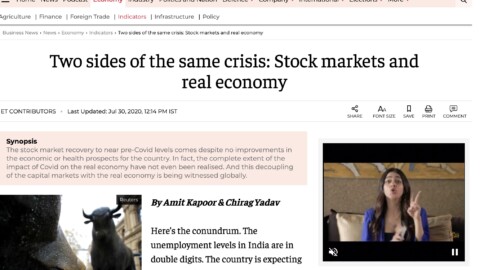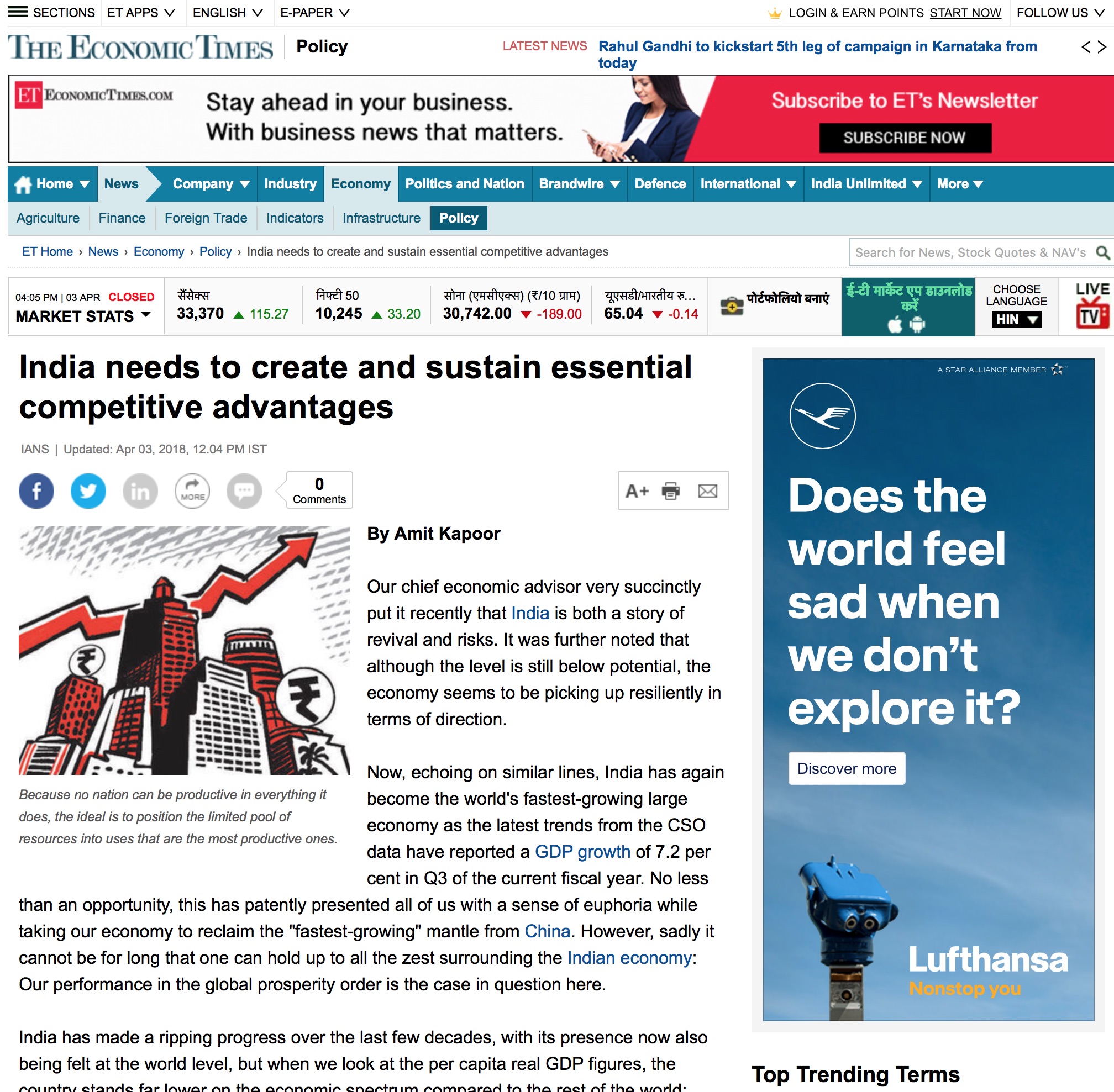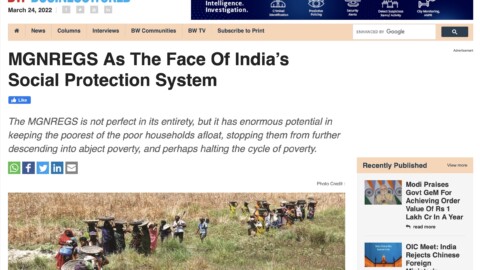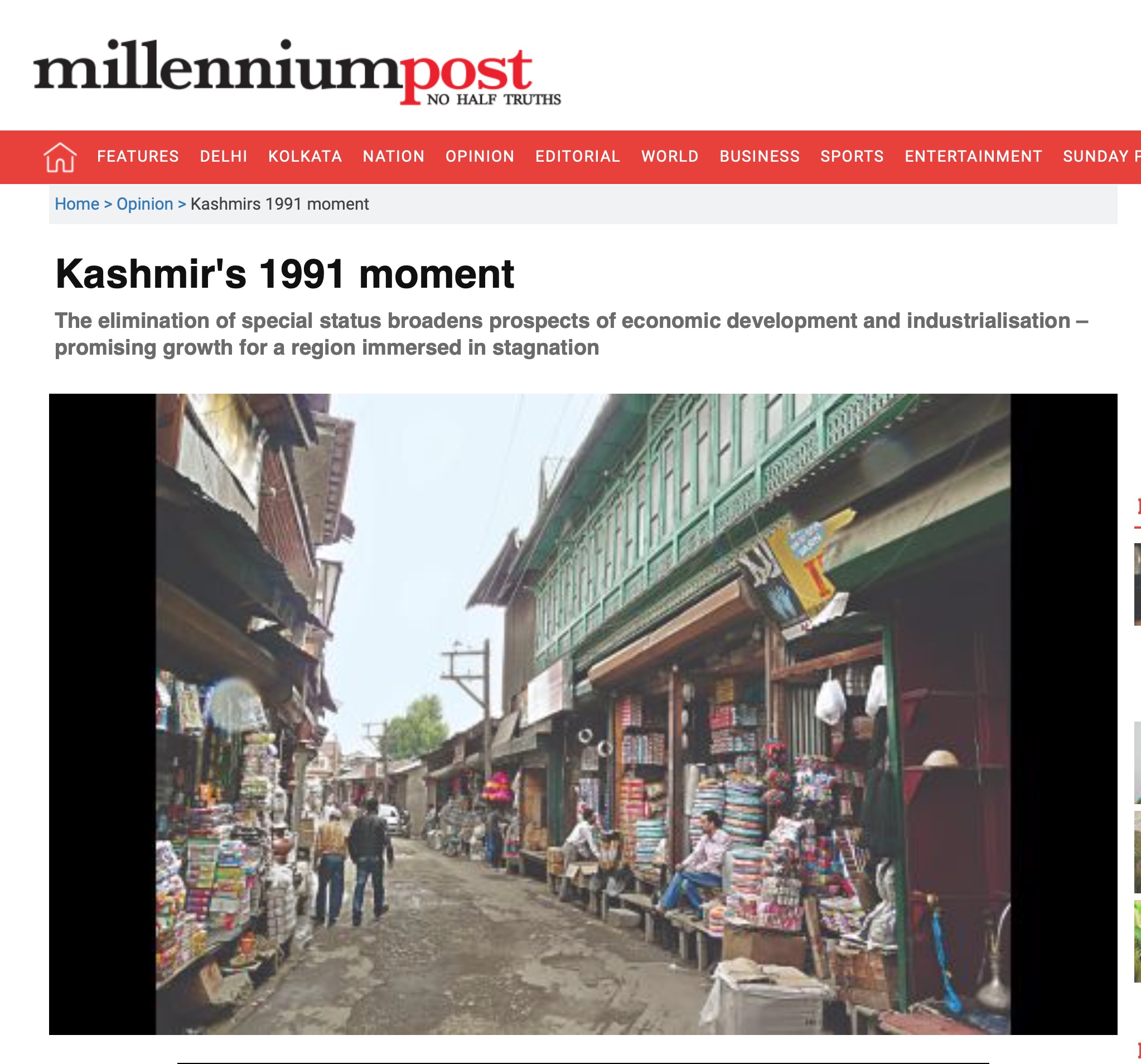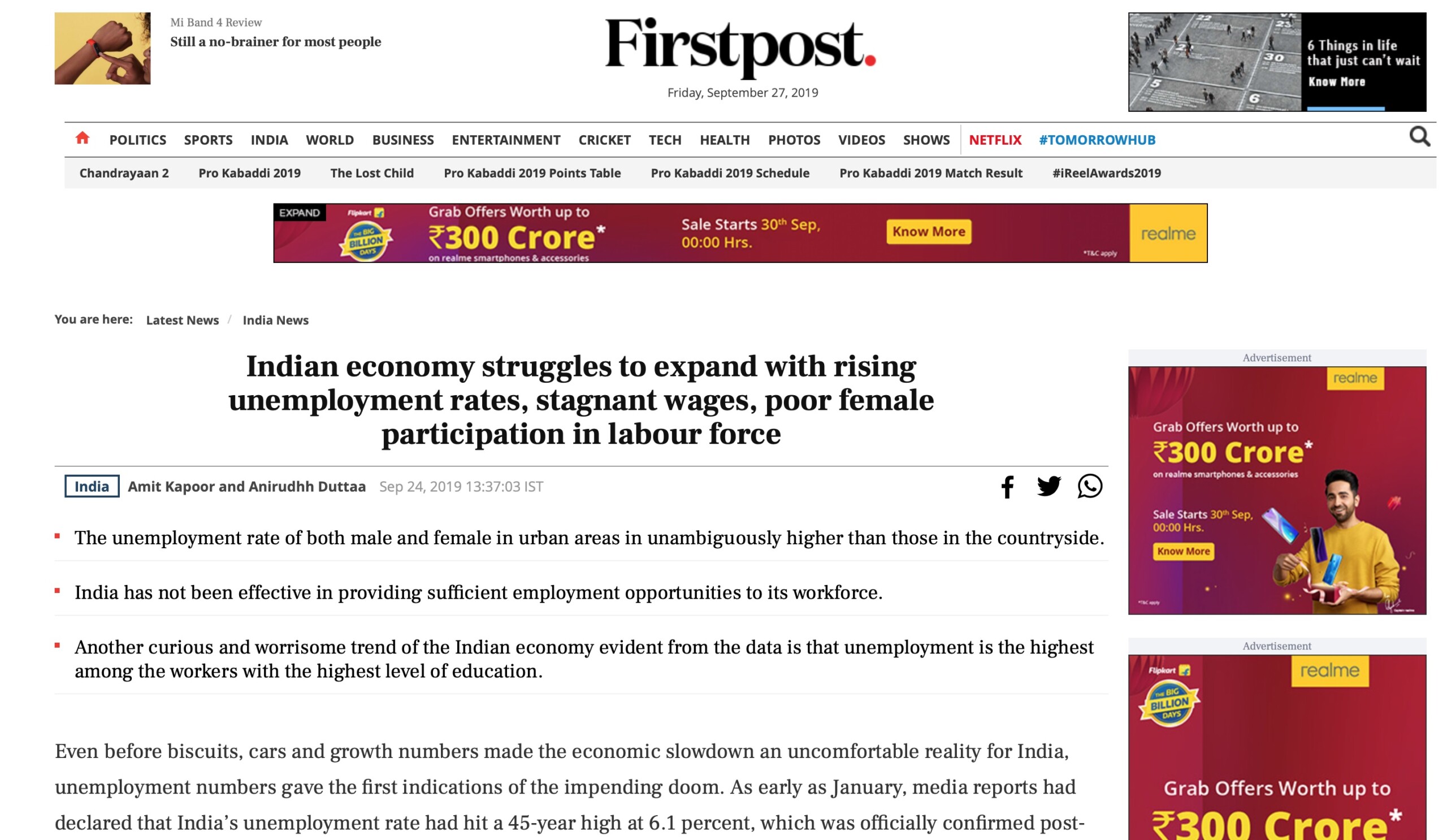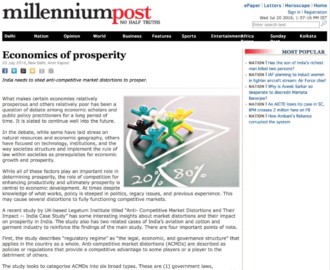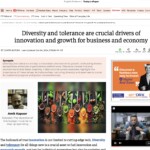A sliver of hope materialized when The World Health Organisation’s Director-General, Dr Tedros Adhanom Ghebreyesus, declared at a media briefing that the world had ‘never been in a better position to end the pandemic’. The statement came on September 14, 2022, against the backdrop of the lowest recorded number of weekly COVID-19 deaths the previous week since March 2020. However, the holiday season was dampened by concerns over a COVID resurgence as infections rapidly swept across China. The recent spike in cases is attributable to China’s sudden and arguably unprepared exit from its contentious zero-COVID policy of three years amidst widespread citizen protests. Equally worrisome is the lack of reliable sources on the ground. Experts warn of massive underreporting owing to the country’s narrow measurement criteria for COVID-19 deaths and reduced testing, making it challenging to assess the health crisis currently gripping China accurately. The world once again grapples with uncertainty over the future of the pandemic in 2023.
China as the hotspot of the virus at the turn of the year seems unnervingly reminiscent of the pandemic’s beginning. Some precautionary shifts are already being embraced by India – growing consumer demand for masks, sanitisers and health supplements, and a prompt revision to India’s international travel guidelines that will require international travellers from China, Hong Kong, Singapore, South Korea, Japan and Thailand to submit Negative RT-PCR reports. However, no noteworthy uptick in COVID cases has yet been recorded in India. As on January 1, 2023, The Ministry of Health and Family Welfare reported 2,706 active cases and a total of 5,30,705 deaths. More than 220 crore vaccine doses have been administered. China’s pandemic spike can reasonably be said to effect changes in India in three interrelated ways; transmission of the variant and subsequent upsurge in infection, changes in behaviour and policies in response to the threat of rising cases, and disruptions in China’s trade channels impacting global demand and supply chains.
Despite the burgeoning challenges of the international economic environment driven by the Russia-Ukraine war, growth slowdown, high commodity prices, and supply-chain disruptions, the Indian economy proved resilient in 2022. The World Bank positioned India to be in a better position to tide over adverse global conditions than contemporaneous emerging economies (EMEs). The real GDP grew by 6.3 per cent year-on-year in Q2 FY22/23 and was bolstered by strong private consumption and investment despite rising inflation. The domestic demand-induced growth in the first half of the financial year led the World Bank to revise its GDP growth forecast for India to a robust 6.9 per cent in FY22/23, 0.4 per cent higher than its previous prediction in October 2022. In light of the recent COVID scare, India’s relative insularity to global shocks is threatened. In case of a return to prior restrictions – either in reaction to actual cases or expected cases – the depression of domestic demand and private consumption combined with the mounting borrowing costs can overwhelm the economic ecosystem.
According to Ministry of Commerce data, as on December 30, 2022, China is India’s top importing partner, with imports valued at 67,916 USD Million and exports at 9,904 USD Million. The pharmaceutical industry, which can typically benefit during health crises under certain conditions, could become vulnerable as China is a major exporter of Active Pharmaceutical Ingredients (APIs) globally. The initial outbreak in China revealed this susceptibility right at the beginning of 2020[1], and the Government of India has since taken steps to reduce this dependence in the form of Production Linked Incentive (PLI) schemes. Hyderabad Pharma City (HPC) is a step in the same direction. Nevertheless, it may be a long time before the whole fruits of these undertakings are borne, and till then, India and the world continue to rely on China for raw materials for drug production. Other contact-intensive segments of the services sector, such as retail trade, restaurants, hotels, and public administration, may also experience negative growth due to rising risk perception.
Standing three months shy of the pandemic completing three years, the unrelenting waves of COVID-19 have proven a difficult yet worthy lesson in capacity building. It has decreed mismatched obligations to open collaboration and aspirations of a fully Atmanirbhar Bharat, insisting on national self-reliance that necessarily integrates global cooperation. In many ways, India’s response to any potential surges in the future will test the productivity of its crisis-curbing measures during these three years. The uneven recovery of the labour market in the rural and urban areas and the differing impact of the pandemic on different sectors reveal the cleavages in India’s long-term resilience. What would also determine this variance of effect is how well the various industries can espouse the transformed adaptation models from the pandemic. For instance, technology emerged as a winning pivot around COVID restrictions. Whether the education sector can reap the benefits of a growing digital infrastructure as effectively as the retail sector’s adaptation to online modes of commerce will determine each respective sector’s trajectory in times of resurgent crisis. Efforts should thus be sustained in the direction of devising sector-specific emergency responses, keeping in mind that the uncertainty caused by the pandemic is here to stay for a while, even if the virus itself – we hope – is not.
The article was published with Business World on January 25, 2022.

